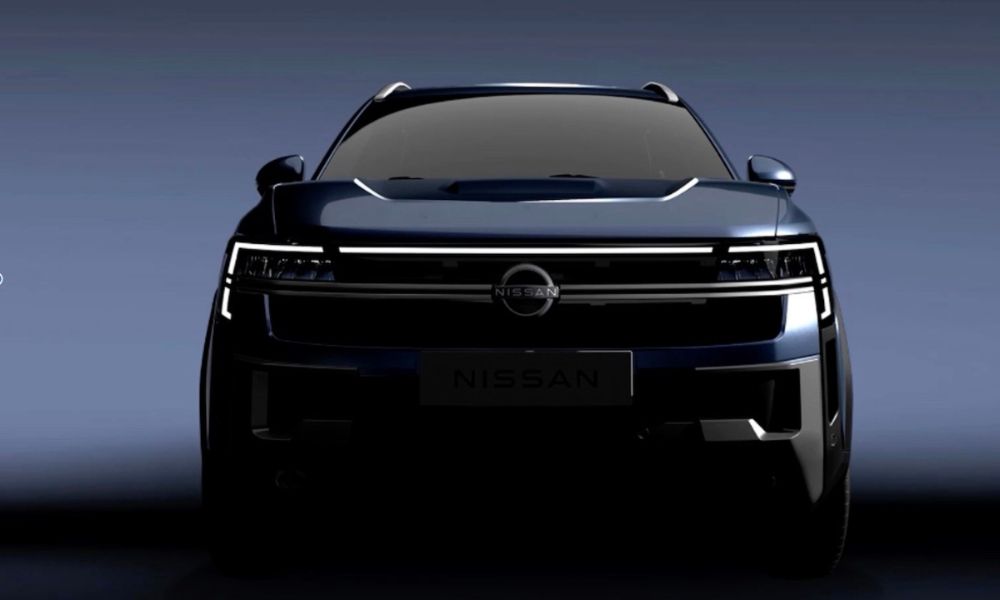Between us, we have driven the Ioniq 5 for over 34,300 km and the BE6 for about 5,600 km. Based on that experience, here are some of the comparisons we discussed
BHPian adithya.m.bhat recently shared this with other enthusiasts:
Comparing the two Electrics
My father had also read the posts and had some thoughts on how the BE6 stacks up against the Ioniq 5.
- Airy Interiors & Visibility: Ioniq 5’s white interior and glass roof make the cabin feel expansive. Driver visibility (especially toward the C-pillar) is good. In contrast, the BE6’s darker interior and sloping coupe roofline feel more enclosed, with rearward visibility more limited. That said, the BE6’s camera system does help compensate.
Ioniq 5:

BE6:

- Spare Tire: BE6 has a smaller sized spare tire, while Ioniq relies on a puncture repair kit and pump. One time, we had a major puncture and ended up losing an entire day sourcing and replacing the tire. A full-size spare would have saved us a lot of trouble.
Ioniq 5:

BE6:

- Heads Up Display (HUD): The BE6 scores big here — its HUD displays a wide range of useful driving information.


- Space: Ioniq wins hands down — massive boot and a slightly boxy (read more practical) frunk.
Ioniq 5:



BE6:



- Ingress/Egress: Despite the BE6’s wide 90° door opening, my grandmother finds it harder to get in and out of. The Ioniq’s lower floor height and seat position make ingress and egress easier, especially for seniors.
Ioniq 5:

BE6:

- After-sales service: Hyundai is leagues ahead here. Mahindra still has some catching up to do.
- Rear AC Vents: Ioniq offers foot-level rear AC vents, a subtle but effective touch. The B-pillar vents alone don’t quite cut it. (No verdict yet on BE6 as I haven’t sat in the back on a long trip.)

- Fast Charging Capability: The Ioniq supports ultra-fast charging up to 350 kW, while the BE6 peaks around 175 kW. Both are capable, but the Ioniq is more future-ready in this regard.
- Rear Wiper: Both cars lack a rear wiper — and during monsoons, it is sorely missed. Hyundai has added it to international variants of the Ioniq 5, but the Indian version still goes without.

Here are some more shots taken with the two cars:





Parting garage shot: Two futuristic SUVs… and the OG SUV

Journey to Mangalore
We then left for Mangalore — a 148 km drive. Both cars, with their distinct designs, are head-turners individually, but together? Absolute showstoppers and grabbed plenty of eyeballs. Onlookers simply couldn’t resist looking at the duo. Similar battery capacities and motor outputs meant they kept pace with each other well. BE6, however, sailed smoother over rough patches — its suspension setup is more forgiving. Ioniq’s stiffer suspension demands you slow down for potholes and speed bumps.


At the end of the drive, the BE6 averaged 8.2 km/kWh and the Ioniq 5 managed 7.2km/kWh.
Ioniq 5:
BE6:
For those curious about the high energy efficiency of both vehicles, the route itself is a downslope. We descend almost 1100m from the western ghat mountains to the sea level at Mangalore. The Ioniq’s lower efficiency is likely due to different regen settings. Not a conclusive comparison — maybe I’ll do a proper test sometime.
Return to Bangalore
Started from Mangalore with 100% SoC. We stopped at Hotel ShivSurya around 10 AM when battery was at 59%. Quick breakfast (both for us and the car — it topped up ~17% for ~₹300), and we left by 10:45 AM. Reached Bangalore at 3:00 PM with 17% SoC remaining. Total trip distance: 369.8 km; Battery used: ~100% SoC
Overall stats for the entire weekend:

Distance Covered: 861.2km
Average Energy Consumption: 5.4km/kWh
Odometer Reading: 6154km
Check out BHPian comments for more insights and information.





